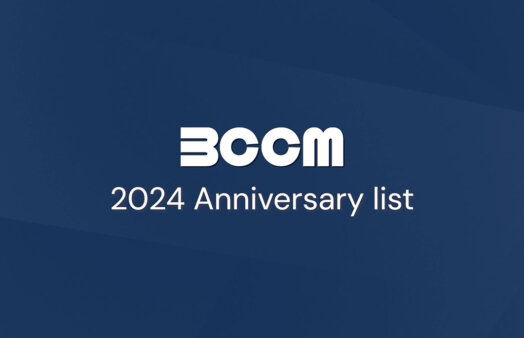07 June 2018
This is the third in a series of blogs by Alison Gaines FAICD Managing Partner Asia Pacific, Gerard Daniels. She provides board governance tips for BCCM members.
In my last blog we explored how the Board can set the tone from the top by paying proper attention to its conflicts of interest regime.
Since then we have heard much about board’s supervision of culture from the Hayne Royal Commission into Misconduct in the Banking, Superannuation and Financial Services Industry.
There are many ways that the board of any entity can set and monitor the dimensions of culture. This article explores techniques that the board can use to set and test culture:
Risk framework – the intersection of risk management and culture is receiving more attention. The board with the CEO and management can create the right type of risk culture. On this point there is much that can be learnt from the revolution in occupational health and safety risk culture of mining and energy companies and their boards in the last 20 years. Needless to say it is very powerful for boards to decide the top risks of the organisation that will receive forensic and ongoing attention. They will likely include budget setting and budget compliance. Very often these are also used to build the values of the organisation and orientate all employees.
Compliance framework – all companies have to comply with some law and rules. Some co-ops and mutuals will be heavily licenced and supervised, especially in the financial services sector. To lose the license to operate is an existential risk. Your compliance culture should at least match the appetite of your regulator and should receive the attention of skilled staff and advisers. Compliance also relies on clear values, rules, systems, training and accountabilities. It is important for the board to understand the compliance architecture and consequences of failure and to identify which matters should be elevated to the board. The board should also monitor all insurance notifications and claims, and contractual disputes and litigation.
Members – directors of member organisations are often the first to hear the complaints of members. The board should consider a protocol for complaints being passed on to management and should also keep an eye on trends. More generally the board should create a strong statement about the value of members and ensure the organisation has a culture that is member-centric. It can ask for measures as proof, to benchmark the added value to members of your enterprise. These measures can include service quality, relative savings, rates of complaint and dispute, members’ retention and member acquisition.
Employment – our organisations usually invest more in human capital than any other capital. Boards are discouraged from getting involved in human resource issues like individual recruitment, remuneration, performance and retirements and terminations. However there are several means by which Boards can understand internal culture. They are monitoring the rate of staff turnover, understanding industrial negotiations, OHS notifications and trends, being alerted to all litigation between the organisation and employees, monitoring organisational culture via regular survey and understanding the remuneration design of the payroll including the incentive design. Incentive design for sales teams require particular attention if your principle activity is selling to members. The Hayne Royal Commission has made is pretty clear that a poor incentive scheme can encourage employees to value the transaction over the interests of members.
Governance – poor governance can be very debilitating for management. Although on the face of it the board can standalone from the everyday activity of an organisation there is no doubt that managers spend a disproportionate amount of time trying to serve the board. Even a well-functioning board can absorb considerable resources of management. A poorly run board can take up much time and good will of management at the expense of productive work. It is important that the board deliberately adopts the attitude of finding and setting a positive and productive board culture and testing it regularly through review.
In short there are many lens through which the board can assess the culture of the organisation. It is worthwhile, in the regular in camera session, for the board to ask are we collectively comfortable with the culture of the organisation?
Alison Gaines is a Fellow of the Australian Institute of Company Directors and holds the Certificate of Corporate Governance from the international business school INSEAD. She has run the Gerard Daniels Board Consulting practice for nearly 12 years, advising many Australian mutual and coops. She has been CEO of a member organisation and a mutual insurance program and currently sits on the Board of several membership organisations.

Gerard Daniels is an Associate Member of the BCCM


